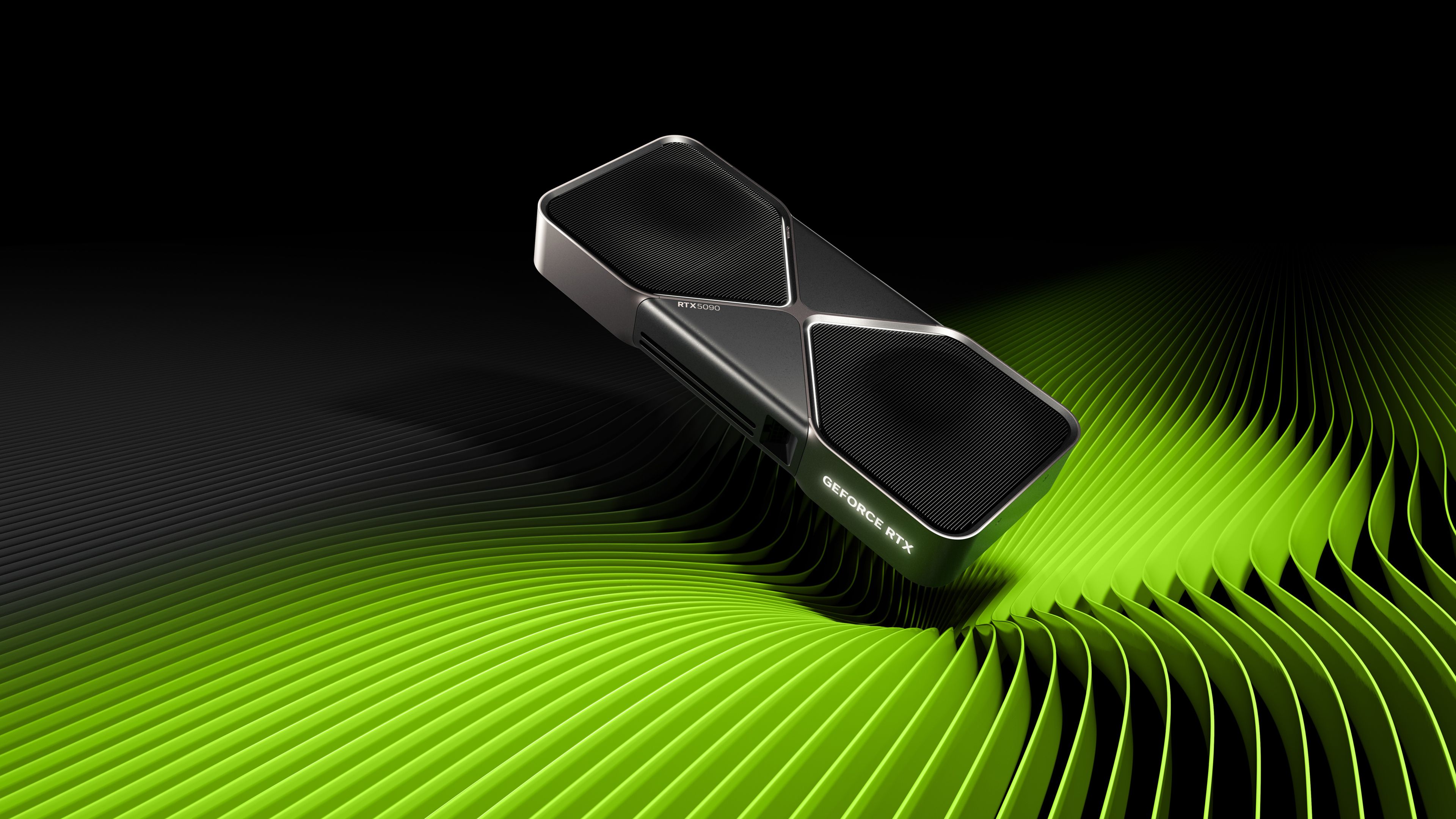Summary
- The Witcher 4 trailer was pre-rendered using an “unannounced” RTX GPU.
- Pre-rendering is not reflective of real-time graphics in games.
- Unreal Engine 5 can produce high-quality pre-rendered 3D graphics on any modern GPU or CPU, not just the RTX 5090.
You may have heard that CD Projekt RED have announced their Witcher 4 trailer was “pre-rendered” on an NVIDIA RTX 5090, which is (as of this writing) an upcoming top-tier GPU. While it’s certain to be a beast of a card, this pronouncement is pretty much meaningless—here’s why.
The Witcher 4 Trailer Is Gorgeous
Let’s set one thing straight—the Witcher 4 trailer is gorgeous. If you haven’t seen it, take a moment to give it a watch.
You can see that at the bottom of the video, it says that the trailer was pre-rendered in Unreal Engine 5 using an “unannounced” RTX GPU from NVIDIA. Of course, since the trailer’s reveal, the GPU has been confirmed as the RTX 5090.
This looks about as good as any CG movie, if not perhaps up to the standards of big-budget AAA studios like Pixar or Dreamworks. The problem isn’t with the trailer at all, but with the mention of how it was made and the GPU involved. Why? Because if you break it down, none of it matters to you either as a player or as someone looking to buy a new GPU.
What Is “Pre-rendering”?
First, let’s deal with the “pre-rendered” part of the claim. There are two approaches to rendering 3D graphics. In video games, graphics are rendered in real time, because they need to be interactive. “Real-time” is, of course, a matter of perspective, but we humans seem to feel like things are pretty responsive at 30 frames per second, and very snappy at 60 frames per second. Some hyper-attuned players, especially those using mice, crave the almost-instant responsiveness you get when you hit hundreds of frames every second.
The operative term here is “frames per second”, which is to say that the computer is rendering multiple frames every second. With pre-rendering, you’re measuring things in seconds per frame at best, or more typically, minutes or hours per frame. There is no interactivity, and everything is calculated in painstaking detail.
With real-time rendering, you need to make numerous computational sacrifices in the name of speed. Modern real-time graphics are a combination of numerous clever methods to “fake” realistic lighting, shadows, materials, and all the other elements that make up a 3D render.
If you have all the time in the world to render the frames of a scene, you can take an entirely different approach. Traditionally, pre-rendered CG movies have used ray-tracing to accurately simulate how light propagates through a scene. This is why RTX cards that can do real-time ray tracing were such a breakthrough. It means dispensing with those “tricks” in exchange for significantly more realistic lighting. Which is a key component in a photoreal render. Even so, real-time ray tracing still has to make quality sacrifices compared to pre-rendering.
So, since this is a pre-rendered clip, it has no bearing on the game’s real-time graphics.
The Graphics Are From a Game Engine, But…
“But”, you might say, “the rendering was done on the same game engine as the game itself.” While this is true, it doesn’t change anything. Unreal Engine 5 might be the latest in a series of dominant game engines, but it’s moved far beyond only being a game engine. It’s already being used on shows like The Mandalorian and, given enough time, it can pre-render 3D graphics to whatever quality and complexity you ask, as long as your hardware is up to the task.
Any GPU (Or CPU) Could Have Done This Job
Which brings me to the final and most important point—it doesn’t matter that it was pre-rendered on an RTX 5090. I think there’s some hope here that people will associate the amazing quality of the CG render with the RTX 5090 and how the game will look, but the truth is you can render these beautiful graphics with any modern CPU or GPU. The only thing that really changes is how quickly the render can be completed.
While the RTX 5090 is sure to be the most powerful card in the world when it releases, the only difference that makes here is time, not visual quality. It might have meant that instead of rendering for 100 hours, it only took 70 hours, for example. Which is great for a studio where time is money, but is absolutely and completely meaningless for gamers or GPU buyers. It’s so irrelevant that CDPR needn’t have bothered mentioning it at all, and you certainly don’t need to pay any attention or make any purchasing decisions based on this fact.


